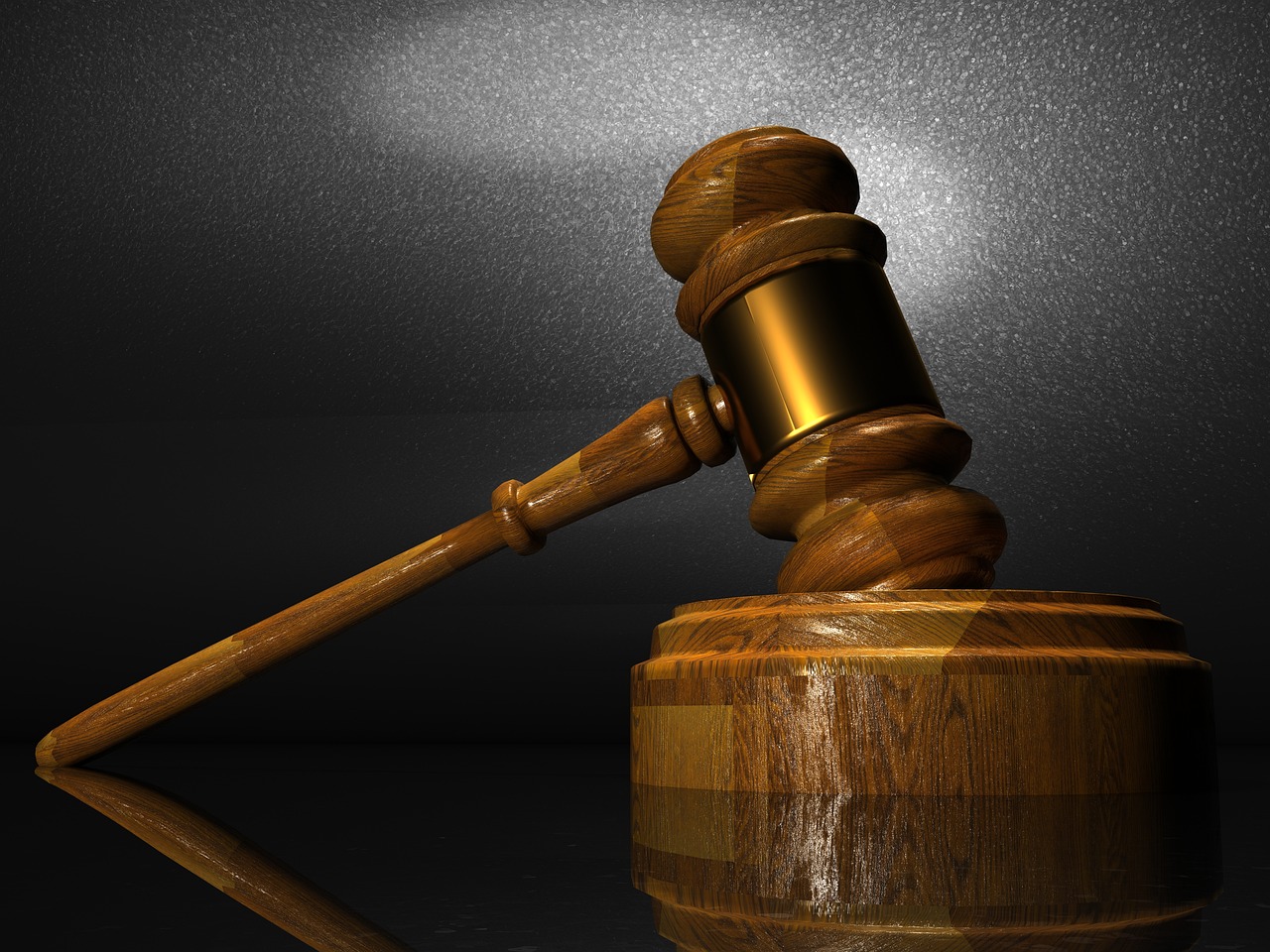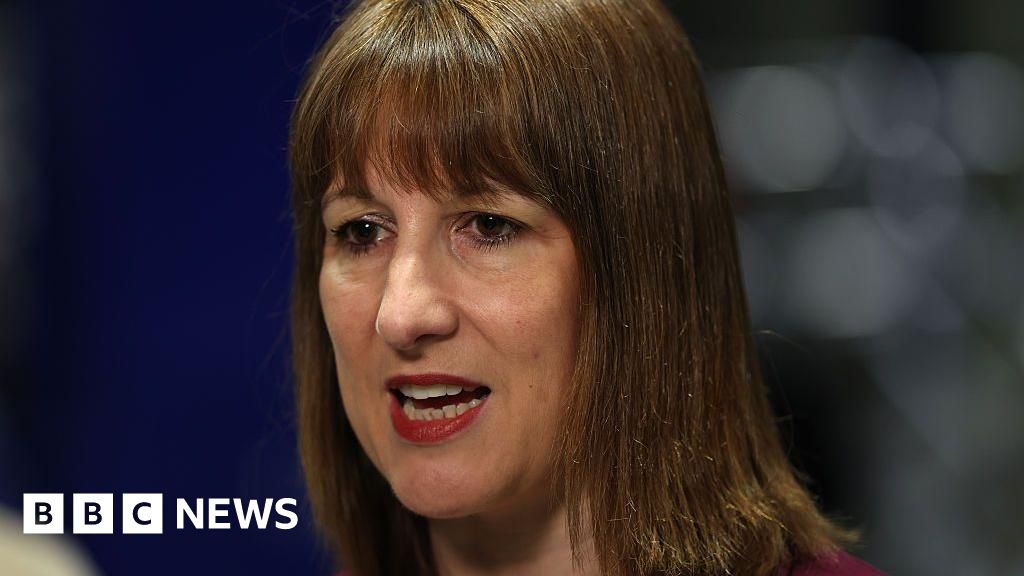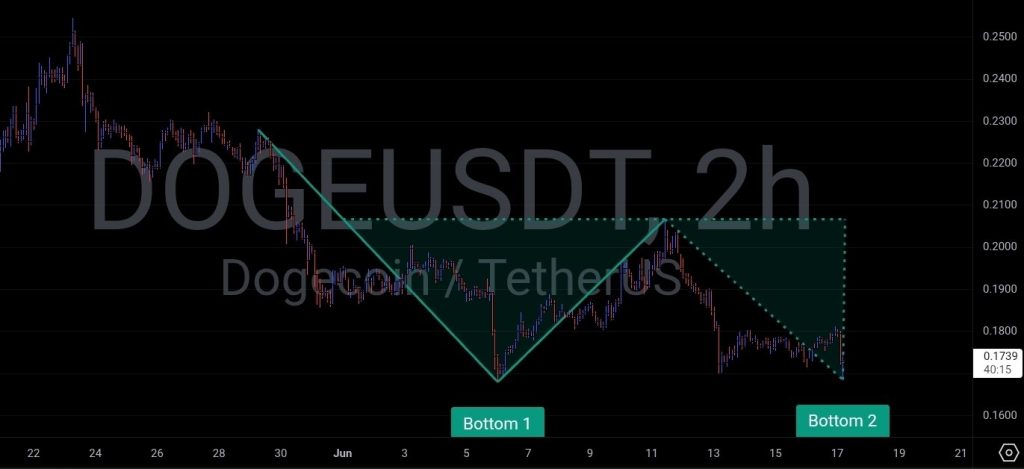When it’s time to get down to business, it’s time to talk.
getty
Only one other school has managed to do it in the last nine years.
On Saturday night in Houston, Rice University hosted an awards banquet for the largest and most lucrative pitch competition in the world – the Rice Business Plan Competition. Founded in 2001, the RBPC is designed to honor the brightest and best entrepreneurs on the planet – offering nearly $3 million in awards to the teams that compete. This year, a field of 42 international competitors – from schools like Harvard, Stanford, MIT, The University of Waterloo, BYU, Yale and others – converged on the school’s campus. These innovators came to discover the entrepreneur’s journey: namely, how to turn a pitch into a fundable investment.
According to Brad Burke, Director of the Rice Alliance for Technology and Entrepreneurship, the competition has touched nearly 3, 200 companies during its history. The competition has been a part of raising over $23 billion in funding for innovative new ideas, including five IPOs (initial public offerings). This year, the top innovation prize belongs to Flux Works – a team of intrepid entrepreneurs from Texas A&M University.
Faculty advisor, Jim Donnell (left), with Flux Works from Texas A&M: Bryton Praslicka, PhD, and Mary … [+]
PHOTO by the AUTHOR
The team, lead by Dr. Bryton Praslicka and Mary Beth Graham, won the elevator pitch competition, starting off the night with a $10,000 prize. Then, as the top seven teams took the stage at the Hilton Americas ballroom, the winners were announced in reverse order. The schools represented onstage included MIT, Harvard, BYU, Yale and Rice University. As the final two teams were announced, the only state school on the podium was the last one standing. Flux Works won first place in the competition, receiving a $350,000 prize, funded by the team at Goose Capital.
Mary Beth Graham opened the pitch in a way that made their technology – magnetic gears – easy to access, and easy to understand. “You know how, when you get in your car and you want it to move, the first thing you have to do is put it in gear?” she said. Heads began to nod across the audience of nearly 500 people. “Gears are everywhere,” she added, opening up the conversation to Flux Works’ innovative new technology.
Praslicka, a PhD student in electrical engineering, developed the innovative and patented technology. “Our gears are lighter than traditional solutions – and they are plug and play. Meaning you can take out an existing gear and replace it with one of ours. Our tech is lighter, and 99% more reliable. So, from submarines to wind turbines to small machines inside of the inside of the body,” Praslicka shared, “our gears provide unprecedented performance.”
The team explained that, while gears are everywhere, traditional gears have some severe limitations – especially in harsh environments, such as on the surface of the moon.
On the dark side of the moon, temperatures can approach 400 degrees below zero. In this unforgiving landscape, moving a lunar rover even one inch can take an enormous amount of energy. Massive power is required just to heat up the machinery and lubricants, so that traditional gears can turn. With magnetic gears, they are contactless, so no lubrication is needed. There’s no requirement to heat the gears. The result? Greater exploration, greater opportunity, and no cogs or teeth to break in outer space. “If you break down on the surface of the moon,” Graham said to a packed auditorium, “What are you going to do? You can’t call an Uber.”
Companies like Borg Warner, Amazon and the Air Force have said, “Don’t worry – you can call us instead.” According to the team, they already has a surprising amount of traction and interest from NASA and others.
This isn’t A&M’s first trip to the winner’s circle, according to Jim Donnell, Director of the Engineering Entrepreneurship Program at Texas A&M University. “Trifusion Devices – now known as Essentium – won the competition in 2016,” he said, surrounded by flashing cameras and smiling students holding oversize poster-board checks. Referring to the tradition of entrepreneurship at Texas A&M, the fifth-largest university in the US, Donnell said, “We are honored to be back at Rice. This competition is as good as it gets. It’s humbling to be able to win the top prize – and it’s a tribute to this team, and their hard work.”
You can see the winning pitch from Texas A&M University on YouTube here:
Only one other school – MIT (Massachusetts Institute of Technology) – has been able to win the competition twice in the last nine years.
Credit: Source link











